Let’s start by getting something out of the way – sushi (すし) does not mean ‘raw fish.’ The word has more to do with the rice than the filling or topping, and was originally taken to mean ‘sour tasting.’ These days, it not longer really means that, and the word ‘sushi’ is now used to describe a dish of sticky rice in bite-sized pieces with a bunch of interesting stuff added to make it into a meal. Vegetarians, vegans and coeliacs can do perfectly well in the realm of sushi.
As you might imagine, the story of sushi goes back a hell of a long way. The original food called sushi was fish stored in fermented rice. The rice was ultimately discarded, but it helped to preserve the fish. This is the time when ‘sushi’ still meant ‘sour tasting.’ The process was recorded in Japan around 800AD, but was found in China even earlier in 200AD.
Vinegar was added in the Muromachi period (1336–1573), which hastened the fermentation and improved the fish preservation. However, it took until the Edo period (1603–1868) for the whole ensemble of rice, nori and fish filling to become something like the sushi we know today. First of all, Matsumoto Yoshiichi of Edo (now Tokyo) began seasoning the rice with vinegar and selling it with the fish for consumption as a small meal. In early 19th century, Hanaya Yohei, also from Edo, placed a piece of fresh fish on top of a rectangular piece piece of the seasoned rice to create the first nigirizushi.
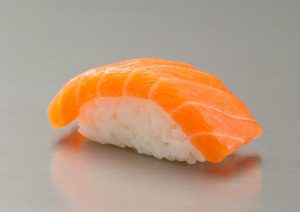
From there, gradual refinements and methods have been employed to deliver the fantastic array of beautiful and balanced rice morsels that we spend improbable amounts of money on.
Our personal love of sushi, our unwillingness to pay over the odds for things we enjoy, and a general fearlessness in the kitchen culminated in a 4-hour lesson from Kiko Wilson of YourSushi (now defunct), who came down from Edinburgh to teach me how to make sushi properly. And boy, did I make a ton of it.
If you follow the rice rules and take it slow in the production, making sushi is relatively easy. Of course, making amazing sushi takes years of practice, but the home edition is at least 200% better than the stuff drying out in the chiller in Waitrose.
When we make sushi, we usually make a selection of makizushi (rolls with nori seaweed on the outside) nigirizushi (the rectangular blocks with a topping) and uramaki (inside-out maki, which is actually an American adaptation derived from the infamous California roll). These are probably the easiest sushi styles to do at home. For the rolling and shaping methods, recipe instructions are no good. Just hit up YouTube:
Sushi
Ingredients
- 375g sushi rice
- 500ml water
- 60ml rice wine vinegar
- 2 tbsp caster sugar
- 1 tsp salt
- Some sheets of nori (dried seaweed)
- Preferred fillings (e.g. avocado, carrot, pepper, cucumber smoked salmon, raw salmon, raw tuna, fish sticks etc.)
Instructions
Rinse the rice in a sieve until the runoff is almost clear. Set the damp rice aside for 15 mins.
Put the rice in a thick-bottomed pan and add 500ml of water. Bring this to the boil, and then simmer covered for 10 mins. Once simmered, turn the heat off and leave covered for another 10 mins.
While the rice is cooking, combine the vinegar, sugar and salt in a saucepan and heat until the sugar and salt are dissolved. Set aside.
Spread the rice out into a thin layer in a non-metallic dish (glass, ceramic or teflon). Gradually add the vinegar and sugar mix while mixing throughly. Let the mixture cool to not more than 38˚C.
From this point, making sushi is all about preference. Maki rolls are made by laying a rolling mat down, covering it with nori, spreading over with rice, filling and then rolling tight. Cut through to make the bite-sized sushi pieces. Inside-out rolls (sometimes called 'California rolls') are made by lining the rolling mat with clingwrap, spreading over with rice, laying down a half sheet of nori, filling and rolling. It is usual to roll these in something dry like sesame seed to make them non-sticky. Nigiri are done by shaping the rice in your hand, laying onto the topping, doing a nifty two-finger press and then turning out to a dish. You really need YouTube to nail this.
Notes
Successful sushi is less about what to do and more about what not to do. Do not use any metallic utensils (bitter taste), and do not cool the rice in a metallic lined container (more bitter). Do not refrigerate the rice at all ever (it will go dry). Avoid all that, and success will be yours.

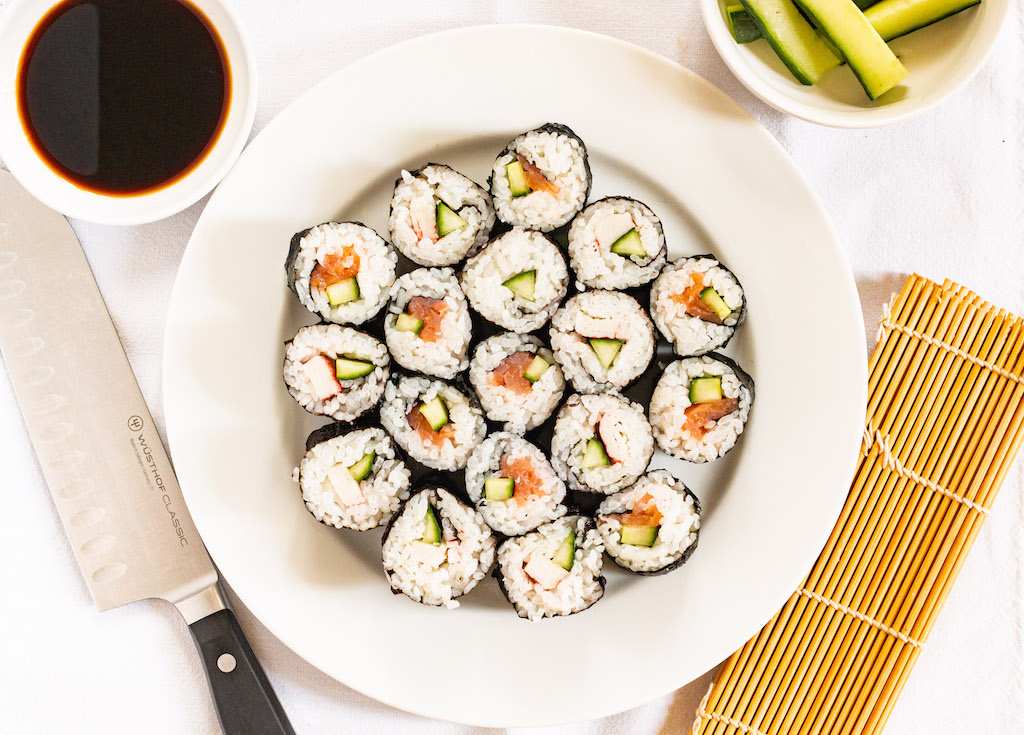

 (2 votes, average: 4.00 out of 5)
(2 votes, average: 4.00 out of 5)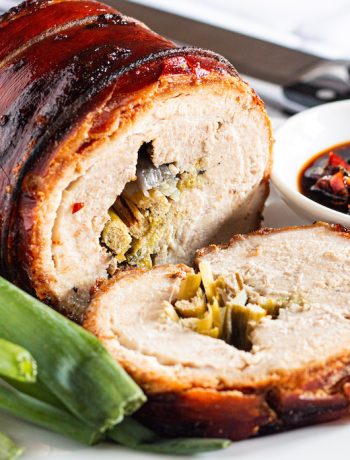
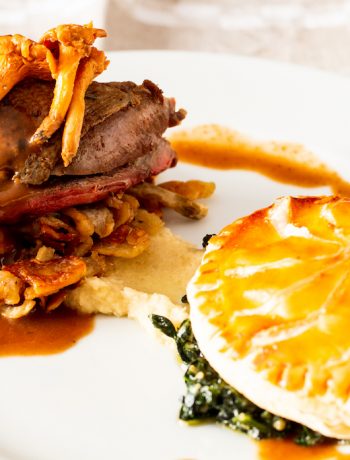
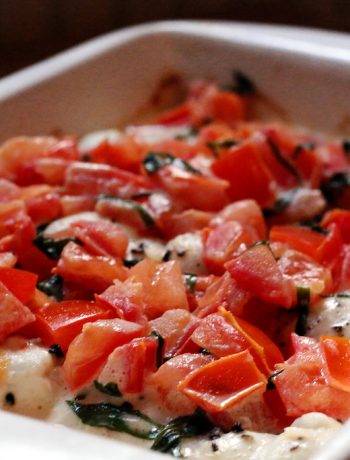
No Comments